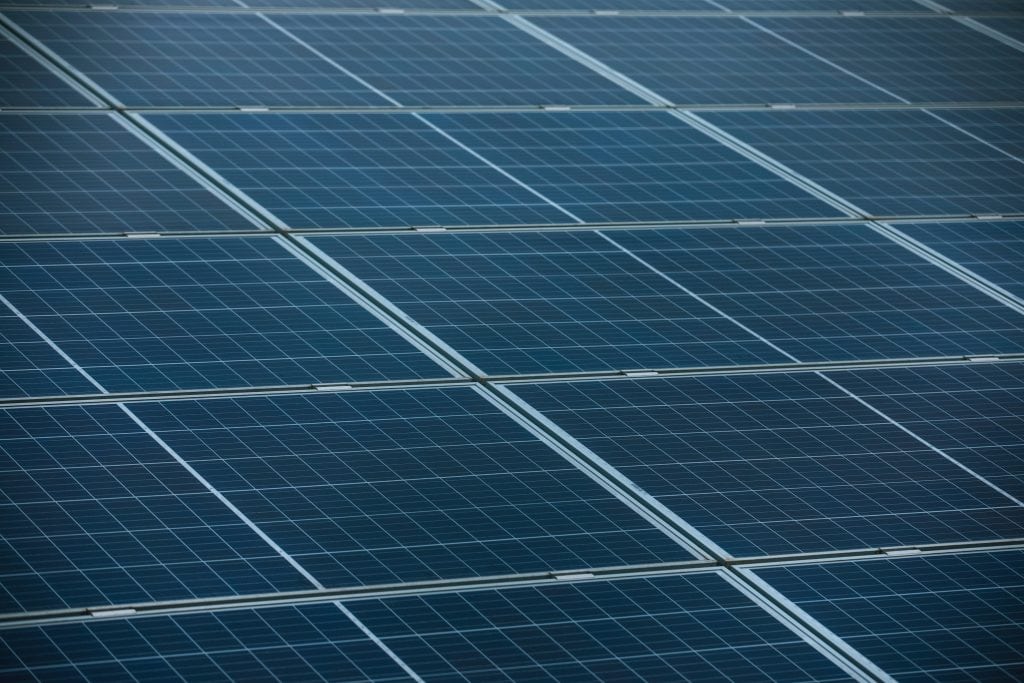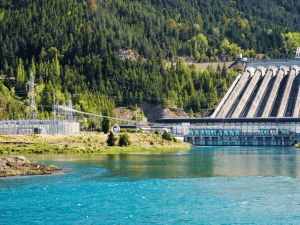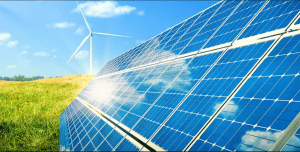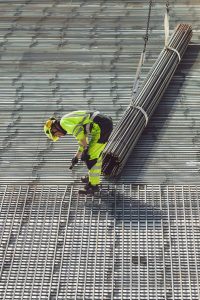As solar power remains a crucial factor in the global shift towards cleaner and more sustainable sources of energy, breakthroughs in maintenance techniques are gaining significant attention. Move aside conventional methods, robots are stepping up to ensure solar panels stay as efficient as ever. Recent developments have introduced novel ways to keep these panels clean, maximizing their energy-generating potential.
To understand the significance of robotic cleaning for solar panels, it’s important to grasp the typical maintenance involved in solar panels. Regular cleaning is necessary for solar panels to achieve optimal energy production. Dust, dirt, and debris accumulation on the panel surfaces can significantly reduce efficiency. Manual cleaning often involves using water hoses and brushes that don’t scratch the panel surface. Robotic cleaning offers several advantages, including precision, consistency, and reduced labor costs, which are crucial for large-scale installations.
Nanotechnology takes the lead in optimizing solar energy efficiency, with the Velocity company introducing a groundbreaking cleaning method. But that’s not all; the world of robotics is taking center stage. A solar panel-cleaning revolution is underway with robots designed to autonomously remove dirt and dust, ensuring panels operate at peak performance. These innovative robots, equipped with spinning brushes and microfiber technology, promise not only efficiency but also reduced labor costs and resource conservation.
One remarkable example is the Pleco robot, which can be dropped off and picked up by drones for efficient and precise cleaning. This not only showcases the convergence of robotics and drone technology but also highlights the advancements in autonomous systems. Even MIT has joined the game, unveiling a method that uses magnets to remove dust from solar installations, a boon for water-scarce regions.
From Israel to India, companies are pioneering the field. Ecoppia’s microfiber-equipped robot cleaners are assigned to rows of panels, while India’s Sleepwalkers introduced a dry-cleaning robotic device, eliminating the need for additional rail systems. These progressions stand as proof of the unwavering drive to improve the efficiency of renewable energy.
Robotic cleaning systems, as seen in various countries such as the United States, Canada, and others, offer several advantages. These robots can navigate across arrays of solar panels, detecting dirty areas and optimizing cleaning patterns. By automating this process, the frequency of cleaning can be increased, maintaining optimal energy production.
For instance, in America and Canada, where solar panel installations are widespread, the implementation of robotic cleaning systems has gained traction. These robots can work in challenging terrains and adapt to different module mounting structures, enhancing their efficiency.
Robotic systems can be designed to work on different terrains and conditions, making them adaptable to various environments. For instance, in California, robots have been used not only to clean but also to install solar panels, potentially making solar energy more competitive with traditional sources. This global adoption of robotic technology in solar panel maintenance reflects the growing recognition of its effectiveness in ensuring optimal energy production while minimizing operational costs.
In a world driven by the imperative of sustainability, these robot cleaning systems prove that innovation knows no bounds. As they wipe away the dust and grime from solar panels, they are also wiping away obstacles on our path to a cleaner future. The marriage of technology and renewable energy has never looked brighter.





